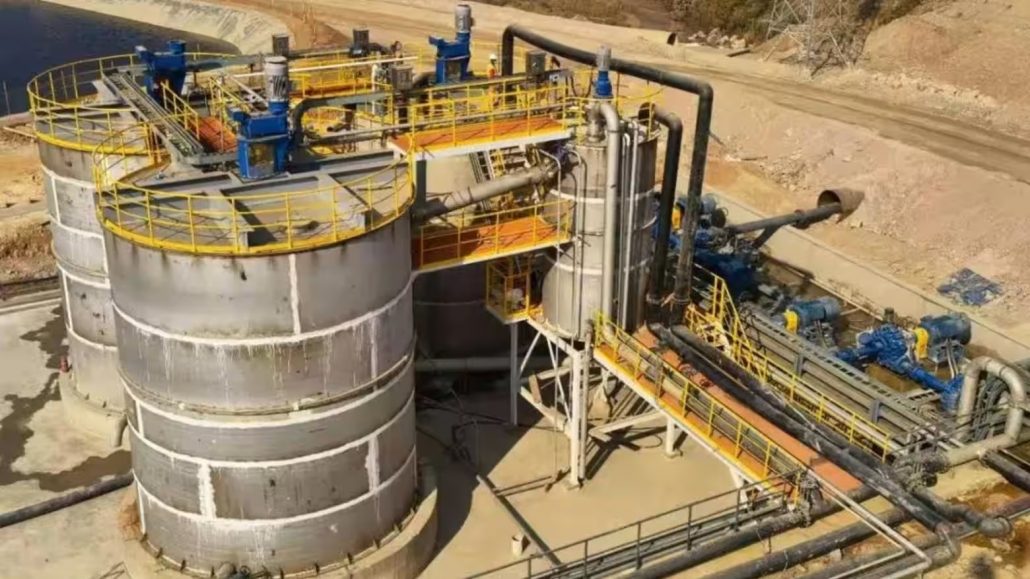
Aluminum Scrap to Dominate the Global Market
As the industrial sector faces mounting pressure to decarbonize, aluminium scrap is poised to dominate the global market.
Aluminum Scrap: The New Aluminium Ore
According to Jorge Vazquez, Managing Director of Harbor Aluminum, the global market is expected to increase its annual aluminium scrap capacity by 22 million tons over the next five years, with China alone projected to add approximately 15 million tons through expansion projects by 2026.
At North America’s largest aluminium conference, Vazquez declared, “Aluminium scrap is the new aluminium ore.”
The price of aluminium has risen by 11% this year, incentivizing recyclers to seek additional scrap supply sources. In recent years, aluminium smelters have periodically struggled with profitability due to surging energy and raw material costs, while also contending with the imperative to reduce emissions.
China’s Production Limit and Impact on Global Prices
In Beijing, China has imposed a cap on the country’s total aluminium production capacity. Many analysts and traders predict that as production nears this limit, global prices will soar. Increasing production from secondary sources could help bridge the gap, but finding sufficient scrap to supply expanding plants remains a challenge.
Harbor Aluminum forecasts that China’s secondary production will increase by about 6.3 million tons by 2026, suggesting that many plants will operate well below their capacity.
Recycled Aluminium Investment in North America
In the United States, recycled aluminium is anticipated to account for two-thirds of unprocessed supply by 2026, up from 45% in 2015, spurred by significant investments in the scrap market by major industry players last year.
In July, Rio Tinto acquired a 50% stake in North American scrap aluminium producer Matalco, and Norsk Hydro invested $85 million in its Kentucky plant to produce recycled aluminium automotive parts.
Energy-Efficiency and Cost-Effectiveness of Recycling
Using recycled aluminium is not only cost-effective but also far less energy-intensive than primary production. The main challenge lies in improving the efficiency of waste collection and processing.
Charles Johnson, CEO of the Aluminum Association, emphasized, “Flooding the market with reusable material places the responsibility on reusing it. This is one of the factors driving down the overall carbon intensity of aluminium production in North America.”








Leave a Reply
You must be logged in to post a comment.